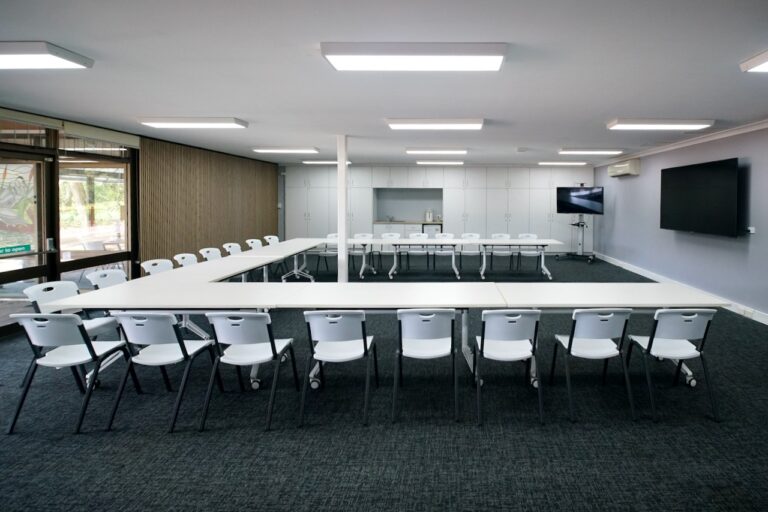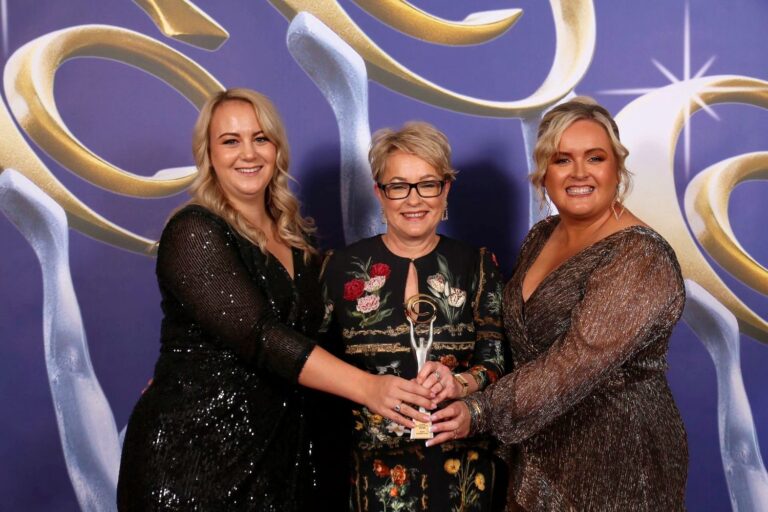I heard myself say “thanks so much, it’s so good to be back”.
I was speaking to my Pilates instructor, and I was genuinely grateful. He had done a wonderful job keeping in touch with his clients throughout the COVID-19 closure. He provided updates, opportunities to attend online classes, as well as providing very clear communication about what life in the studio would be like in this new environment.
Does your organisation always remember to include customers when communicating change?
Change should be driven by customer needs and successful implementation can often hinge on customers accepting the change, not just staff. Customers may not like the change or it may not work for them.
In my work supporting all kinds of organisational change projects, one of the key things that is often missing is not considering people external to the organisation. The focus is inward.
Depending upon the change project, it can be just as important to engage customers early, keep them informed. Gain and act on feedback as it is taking your employees with you. Consider the extent to which the change requires a shift in customer attitudes or behaviour.
Will it take them out of their comfort zone?
Even if your change is required by regulation or other external factors, don’t leave customers out of the change process. They won’t be that interested in why you have to change if you are no longer meeting their needs or causing them difficulty.
Plus, their feedback may improve the change – giving your business or organisation a better outcome.
Regardless, taking customers with you shows you value them and can save costly issues and delays after you have implemented your change. It can also serve as a useful touch point to bring customers who may not have been buying your products or engaging in your services back to the fold.
The same rules for communicating to staff, apply to customers. Put yourself in their shoes and anticipate their questions before you start communicating. Ideally you may already have existing customer communication and engagement channels such as consultative committees or panels. If not, you can always use tools including surveys and focus groups to gain a representative view of customers.
Be transparent and explain why you are making the change. What are the benefits to them? Involve customers as early as possible and give them time to adjust to making the change. Communicate with them when and where they feel comfortable.
Don’t make it an imposition. Report back on how you have used their feedback.
Change management doesn’t only apply internally. Robust change management practices, like all other due diligence in business, are a form of insurance, ensuring that your investment of precious resources provides the expected return on that investment.





